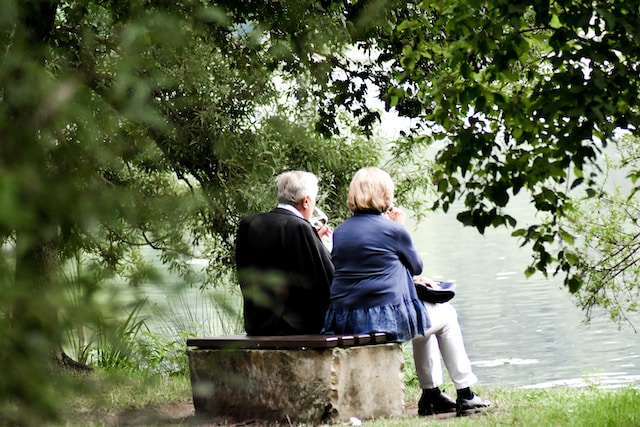- Fire safety is essential, with the help of sprinklers and fire drills, and mobility aids for seniors.
- Handrails, non-slip flooring, assistive devices, and fall-proof furniture provide extra balance and stability for seniors.
- Medication management ensures seniors take the correct dosage at the right time.
- Emergency preparedness should be communicated to residents to ensure their safety.
- Staff training is key to protecting older people and providing them with a comfortable place to live.
As the population ages, more and more seniors require long-term care in senior homes. With the increasing demand for senior homes, they must be safe and secure for elderly residents. Senior homes should be places where residents can live comfortably without fearing harm or injury. This blog post will discuss safety measures for senior homes-from fire safety to fall prevention.
1. Fire Safety
Fire safetyis one of the biggest concerns for senior homes. Aging adults may have a more challenging time escaping a fire, and their mobility may be limited. Senior homes must have fire detectors and sprinklers in every room to alert residents of a fire. Additionally, staff should conduct regular fire drills to familiarize residents with evacuation protocols.
When installing fire safety equipment, remember that aging residents may have more difficulty navigating stairs or smoke-filled hallways. Keep extinguishers and alarms within easy reach, and consider installing ramps or elevators so residents can easily escape.
2. Fall Prevention
Falls are a common cause of injury among seniors.Senior homes are designed with safety in mind, but additional measures can be taken to prevent falls. Here are some tips to help reduce the risk of falls:
a. Non-slip flooring
As more seniors walk on the floors of senior homes, they must have a steady surface. Especially for outdoor spaces like slippery concrete decks and patios, non-slip flooring can provide the extra grip needed to prevent falls. Homes can invest in aslip-resistant concrete deck waterproofing membranethat will protect against falls and moisture damage that can lead to long-term problems.
b. Handrails
Installing handrails in hallways, stairs, and bathrooms can provide extra balance and stability for seniors. Handrails should be of the appropriate height and constructed from sturdy material like stainless steel to ensure that they will not break in the case of a fall. Some senior homes also invest in motion-activated night lights to light up their hallways at night for extra fall prevention.
c. Assistive devices
Assistive devices like wheelchairs, walkers, and canes can help seniors stay mobile. These devices should be customized to fit an individual/resident’s needs and be checked regularly for stability and wear. If a senior has trouble using these devices, enlist the help of an occupational therapist to recommend safer options.
d. Fall-proof furniture
Furniture can be a tripping hazard for seniors. Remove loose carpets and rugs, use slipcovers on furniture, and secure large items like dressers and tables with wall anchors. Additionally, place any electrical cords out of the way to reduce the risk of tripping over them.
3. Medication Management

Seniors in senior homes often take multiple medications, which can be confusing and overwhelming.Medication managementis crucial in ensuring the safety of the residents. Staff should monitor residents’ medication schedules to ensure they take the correct dosage at the right time. Additionally, staff should regularly check for expired or unused medication and dispose of it properly. They should also be aware of any adverse effects or interactions between medicines.
4. Emergency Preparedness
In an emergency, senior homes should have a plan to ensure the residents’ safety. This can include having emergency kits, identifying evacuation routes, and providing staff with first aid training. Staff must communicate emergency plans to the residents so that they know what to do in an emergency. Most importantly, the care team should be available to provide assistance and support during an emergency.
5. Staff Training

Perhaps the most essential safety measure for senior homes is staff training. The staff should be trained in emergency protocols, fall prevention, fire safety, and medication management. Staff should also receive training on interacting with residents–from providing emotional support to recognizing signs of abuse.Regular staff training is the key to ensuring a safe and secure environment for seniors in senior homes.They will help staff better protect the residents and provide them with a safe and comfortable living place.
Safety measures for senior homes are crucial in ensuring that elderly residents are safe and secure. From fire safety to fall prevention, many steps can be taken to improve safety in senior homes. Always install fire safety equipment, use non-slip flooring, and provide staff with emergency preparedness training. With the proper precautions, senior homes can be a safe and secure place for our aging population.


